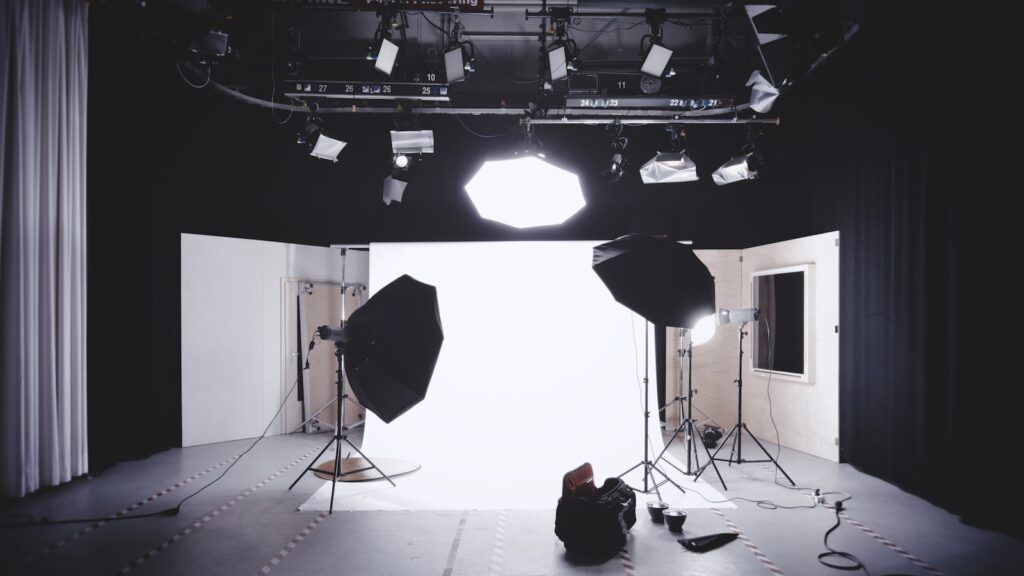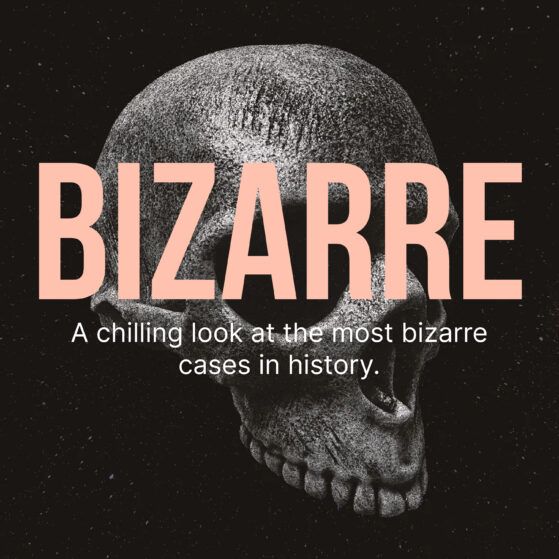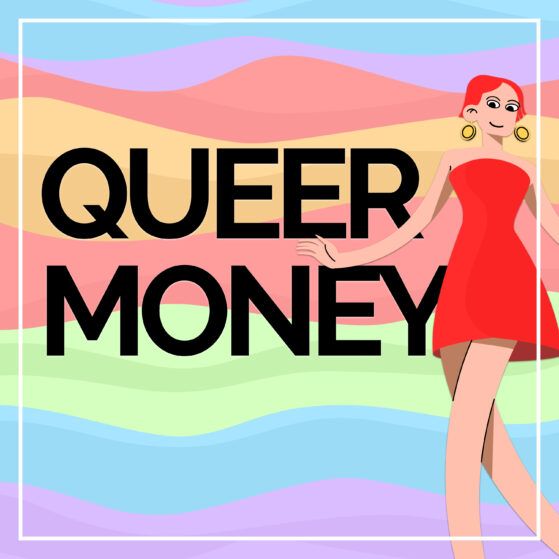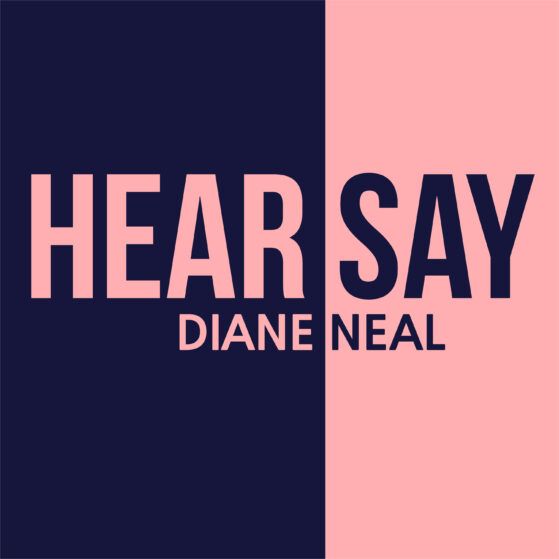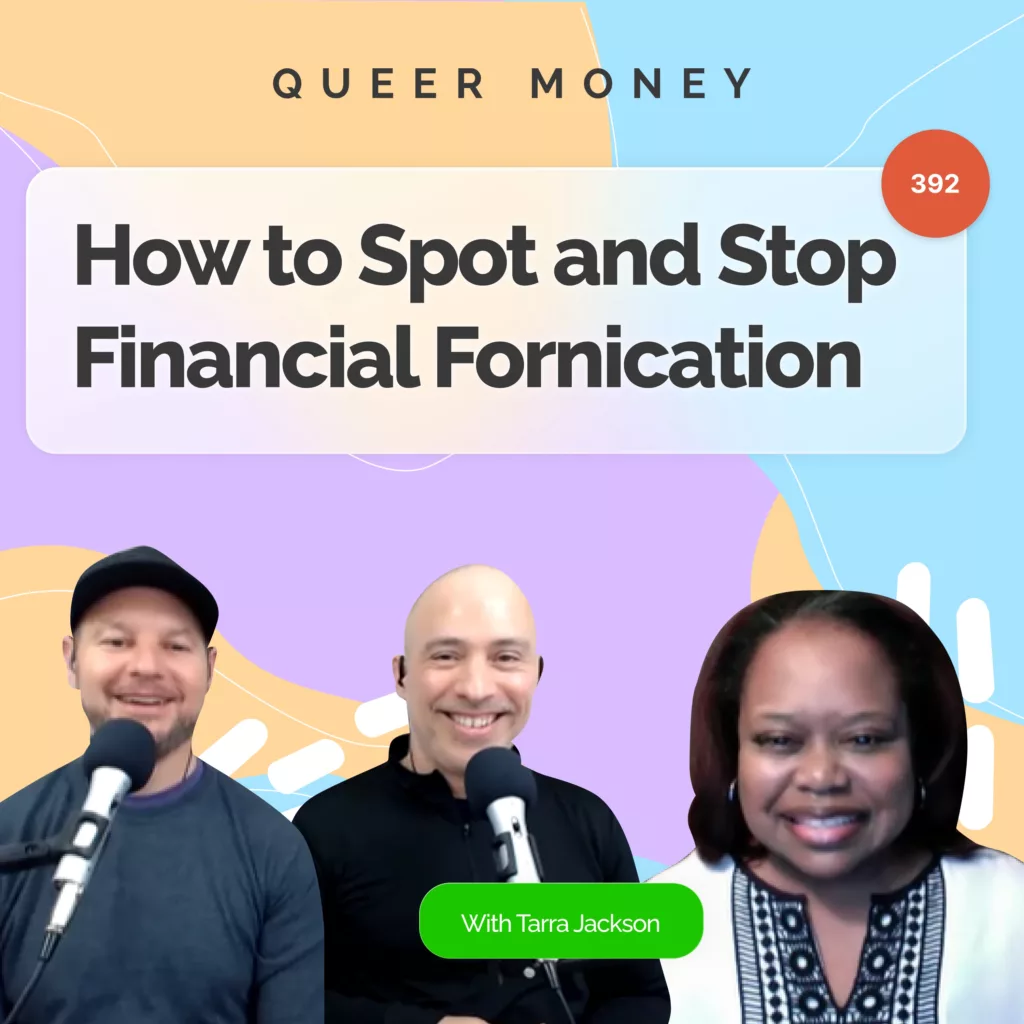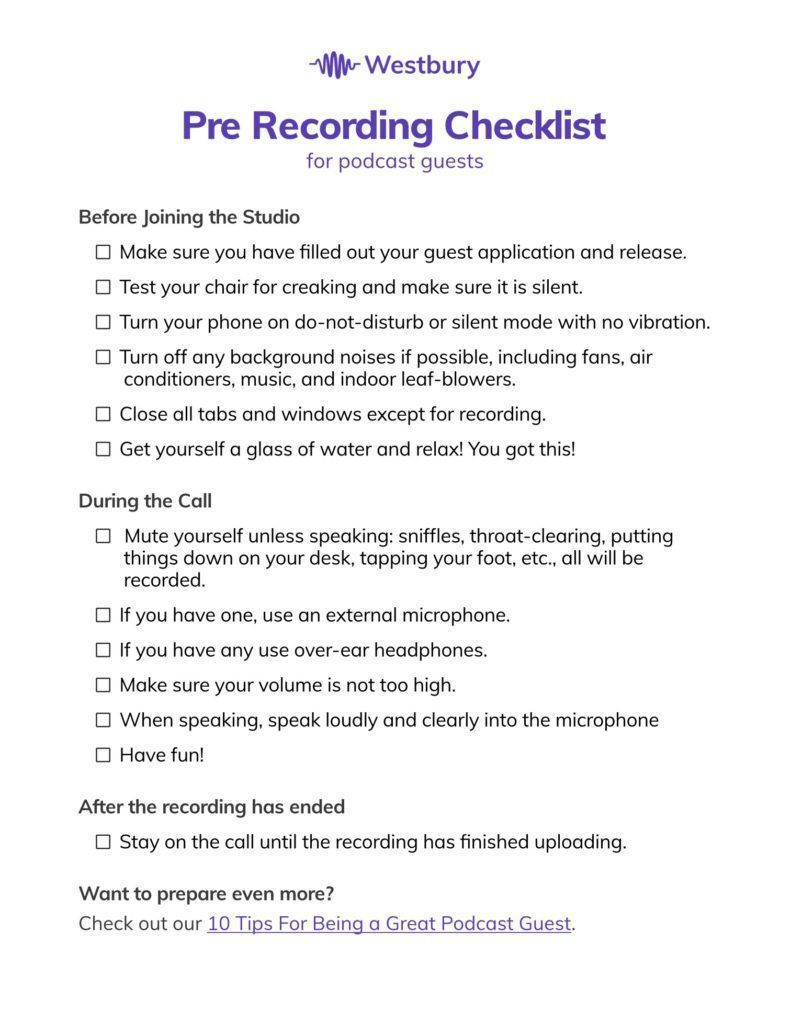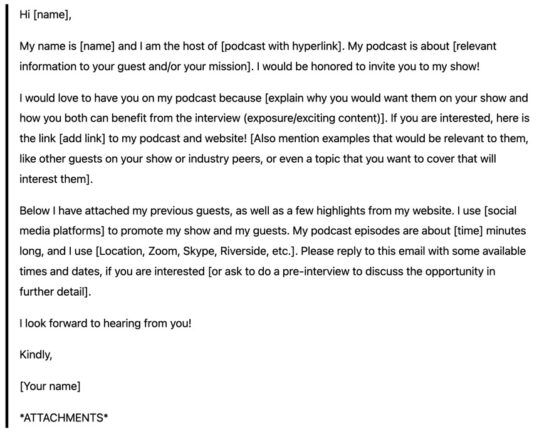Podcasting has become one of the most popular and accessible forms of content creation in recent years. With the rise of podcasting comes the need for quality podcast production, and one of the most important aspects of producing a great podcast is lighting.
But while podcasters often invest good money in a podcast microphone, they often fail to realize that poor lighting for your video podcast and social media can lead to poor visual quality and make it difficult for viewers to engage with your content. Your video can appear dull, grainy, or too dark, making it hard for viewers to see your face or read any text on-screen.
This can ultimately impact your content’s credibility and professionalism, potentially causing your audience to lose interest and seek out other podcasts with higher production values. Whether you like it or not, on a subconscious level, lighting can make or break a podcast for listeners.
Therefore, in this blog post, we’ll explore everything beginners need to know to make every episode of their video podcast stand out. We’ll be talking about the best industry practices when it comes to lighting design, covering various lighting systems, and understanding how to choose the right lighting for your setup. We’ll also provide lighting recommendations and discuss how to fix common lighting issues.
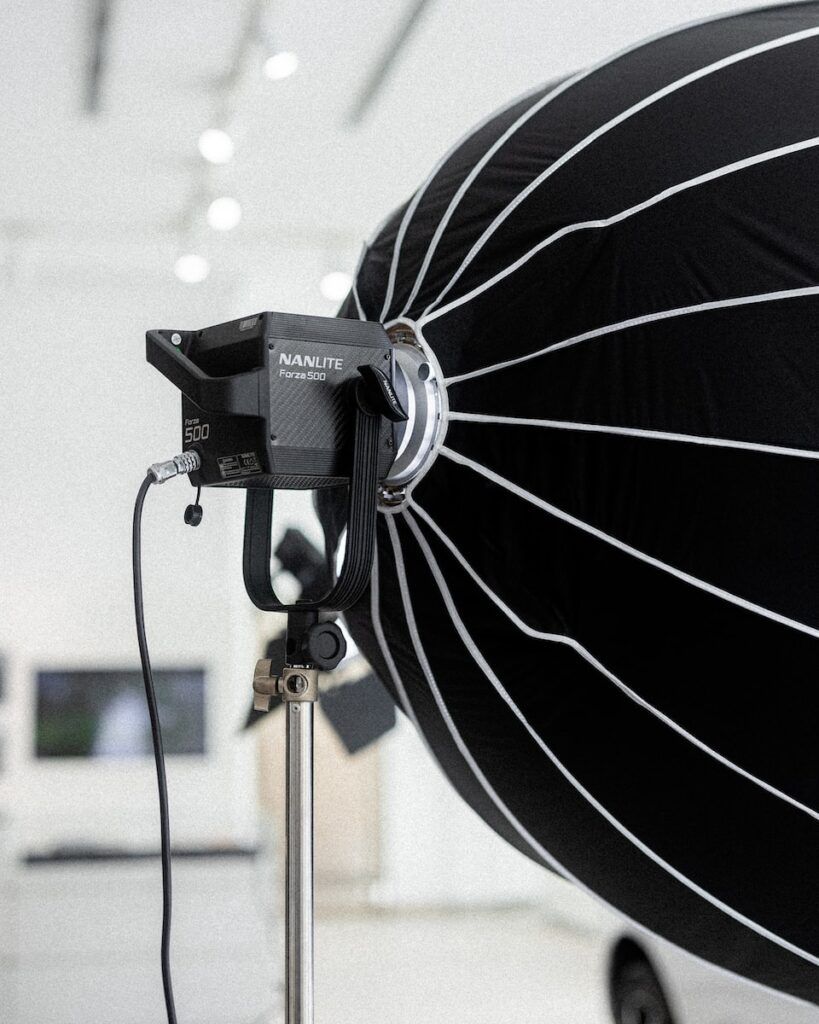
The Basics of Podcast Lighting
Podcast lighting refers to the use of lighting design and equipment to enhance the visual quality of videos produced for podcasts. Good lighting in a podcast can have a significant impact on the overall quality of the production, making the content more engaging and visually appealing to the audience.
The purpose of podcast lighting is to create a professional and polished look, while also ensuring that the subject is well-lit and visible to viewers. Proper lighting design can help to create a specific mood or atmosphere and can be used to highlight important elements of the podcast.
Therefore, investing in quality lighting control can contribute to the success of a podcast and help to attract and retain viewers.
Best Practices for Podcast Lighting
Lighting plays a key role in setting the tone and atmosphere of a podcast, and podcasters should prioritize it just as much as any other aspect of their production.
When it comes to lighting, positioning and angling play a critical role in achieving your desired effect. The key to optimal lighting is to highlight the subject and create depth and dimension, including the microphone. Start by identifying the area you want to light up, and then position your lights accordingly.
Avoid placing the lights directly in front of the subject as it creates harsh shadows and washes out the subject. Instead, angle the lights to one side, creating a soft, natural-looking shadow. Play around with the distance between the subject and the lights to achieve the desired effect.
One such technique is the use of the key light, which is the primary light source illuminating the subject. A fill light is used to soften shadows and balance the key light, while a backlight creates separation between the subject and the background.
Successful podcasters act as lighting designers and know how to effectively use lighting systems to enhance their content and engage their audiences. One of the most popular lighting setups is the three-point lighting system, which involves placing a key light, a fill light, and a backlight in strategic positions around the subject.
How to Choose the Right Equipment for Podcast Lighting
When it comes to lighting equipment, there are various types available to cater to different lighting techniques. The primary types of lighting equipment include tungsten lights, fluorescent lights, LED lights, and HMI lights.
Tungsten Lights
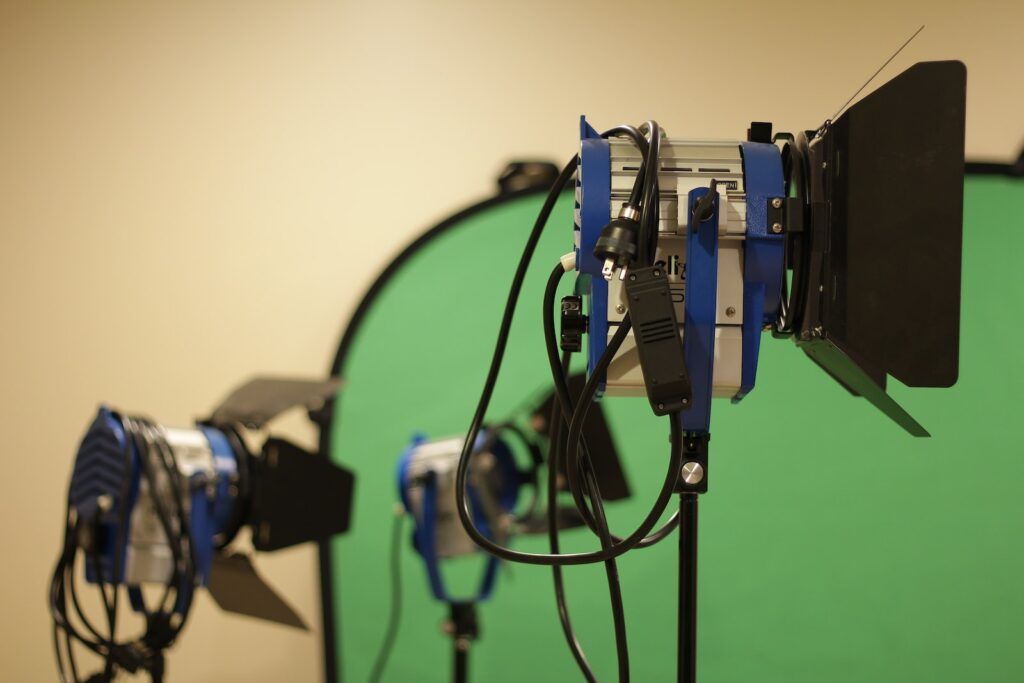
Tungsten lights are the original love of the lighting industry and for many years they were the most commonly used type of lighting equipment, providing warm lighting with a yellowish hue. However, nowadays the big problem with tungsten lights these days is that each tungsten bulb can run hot and so the encasing must be larger to accommodate room for heat dissipation.
This means a tungsten lighting kit generally is bulkier and will take up more space than other lighting systems. This can be problematic for podcasters, you don’t have to be a lighting designer to know that it’s essential to consider your available floor space.
The higher amount of heat from tungsten lights also means that each bulb generally requires metal and glass as accompanying materials, which generally increases the price (unlike led bulbs which can use cheaper plastic for enclosures).
Lastly, the heat can cause safety and fire concerns if you’re not a trained lighting designer. Therefore they aren’t recommended for beginners who lack experience in lighting systems.
HMI Lighting

HMI (Hydrargyrum Medium-arc Iodide) lights are a type of high-intensity discharge (HID) lighting system commonly used in the film industry. They produce a bright and daylight-balanced light that is similar in color temperature to natural sunlight, making them ideal for outdoor shoots or creating natural-looking lighting indoors.
HMI lights consist of an arc tube filled with a gas mixture that includes mercury, metal halides, and iodides. When an electric current is passed through the arc tube, the gas mixture is ionized, producing a bright, intense light. HMI lights are known for their high color rendering index (CRI), which means that they accurately reproduce colors, making them ideal for capturing high-quality footage.
HMI lights come in a range of sizes and wattages, from small portable lights to large fixtures used for lighting entire sets. They are often used in combination with other types of lighting, such as tungsten or LED lights, to create complex lighting setups that achieve a particular mood or effect. One of the main benefits of HMI lights is their efficiency. They produce a high output of light while consuming relatively little power, making them a popular choice for productions that require a lot of light.
However, while HMI lighting systems are great at lighting shadows, they can be expensive to purchase or rent, and require specialized knowledge to operate safely, and they’re not generally recommended for indoor podcast studios as the brightness can cause issues with glare. Like tungsten, they also require glasses and are generally expensive.
Fluorescent Lights
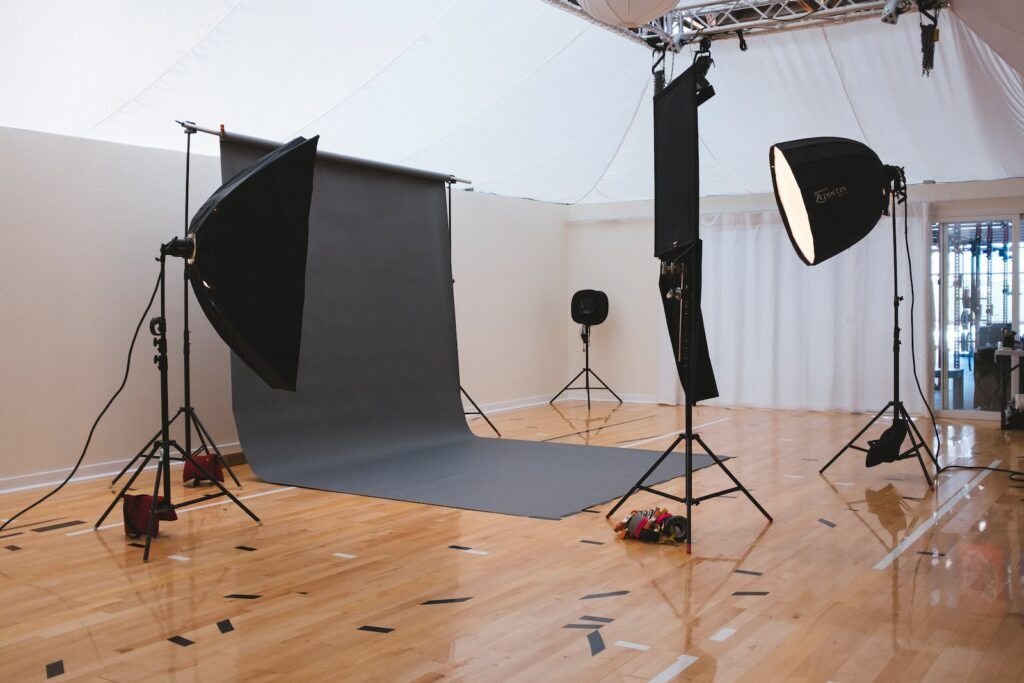
Fluorescent lighting is a type of lighting that is commonly recommended by the lighting industry. and indeed fluorescent lights have a number of advantages for lighting video.
For one, they are very energy-efficient, meaning that they use less electricity than many other types of lights. They also produce a very consistent and even light, which can be important for making sure that your podcast looks professional and polished.
That being said, there are also some drawbacks to using fluorescent lights in a podcasting context. For one, they can be somewhat harsh and unflattering (especially if they are not diffused properly) and come with little to no lighting control. Additionally, fluorescent bulbs can sometimes have a hum or buzz, which can be distracting or annoying, and potentially be an issue if you are recording audio.
Therefore, while Fluoresecent lighting can be great if you are on a tight budget and need a bright light, we generally recommend LED over fluorescent.
LED Lights – Our Recommendation
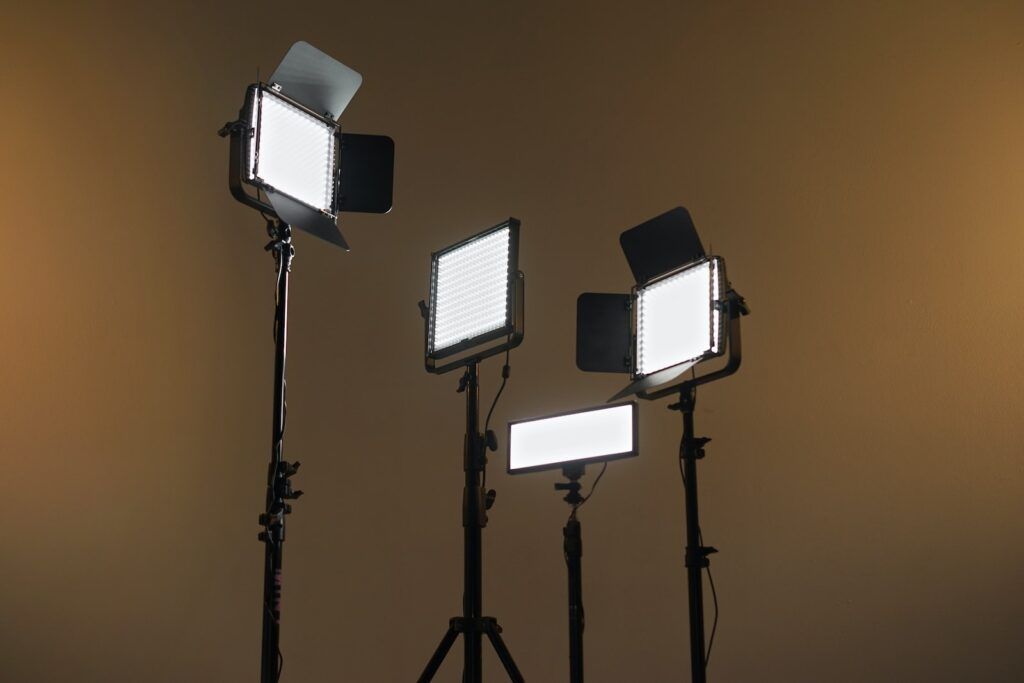
Light Emitting Diode Lighting, or LED lighting for short, is generally what we recommend for a video podcast due to its versatility, approachable price point, and good lighting controls. LED lighting is a popular type of lighting used in a variety of settings, including podcast studios. Here are some key reasons we recommend LED lighting for podcasters and Youtubers alike:
- Energy Efficiency: LED light is highly energy-efficient, using up to 80% less energy than traditional incandescent lights. This means they produce less heat and use less power, making them a good choice for long podcast recording sessions, especially in noise-concious environments that may not have air-conditioning or fans.
- Adjustable Brightness: Great lighting needs to be versatile and most LED lights are adjustable, meaning you can control the brightness to achieve the desired brightness. This is especially useful for podcasts where you need versatility between your key and fill light.
- Color Temperature: LED lights come in a range of color temperatures, from cool white to warm white. For podcasting, it’s generally recommended to use a color temperature of around 5000-6500K, which is similar to natural daylight and helps to create a bright and flattering lighting setup.
- Durability: LED lights are durable and long-lasting, with a lifespan of up to 50,000 hours or more. They also tend to be more resistant to shock and vibration than other types of lighting, which can be useful in a podcasting setting where equipment may need to be moved or adjusted frequently.
- Cost: While LED lights can be more expensive to purchase upfront than other types of lighting, they can save money in the long run due to their energy efficiency and long lifespan.
- Space-Saving: LED panels are a lot more compact than a traditional bulb (although there are also led bulbs) and therefore they’re great for podcast studios which are typically much smaller than a TV or film set.
- Ease of Use: In general, LED lighting is great for beginners as it doesn’t require any specialized industry knowledge to safely operate them, even a bright light.
In a podcasting setting, LED lighting can be used in a variety of ways to create a professional and flattering lighting setup. For example, a small LED panel light can be placed in front of the podcast host to create a key light, while additional LED lights can be used to provide fill or backlighting. The adjustable brightness and color temperature of LED lights make it easy to achieve the desired lighting effect for any given podcast episode.
LED panels are a popular choice for their versatility, energy efficiency, and adjustable color temperature, and we prefer led panels to led bulbs so long as you soften the light. Ring lights are a great option for portrait photography as they create a circular catchlight in the eyes and provide even lighting, usually with decent lighting controls.
Recommended Lighting Kits For Any Budget
Below are our recommendations for podcast lighting. Each light in this section comes with a light stand and a least some lighting control.
Best Overall Value: GVM 1500D RGB LED Video Lighting Kit
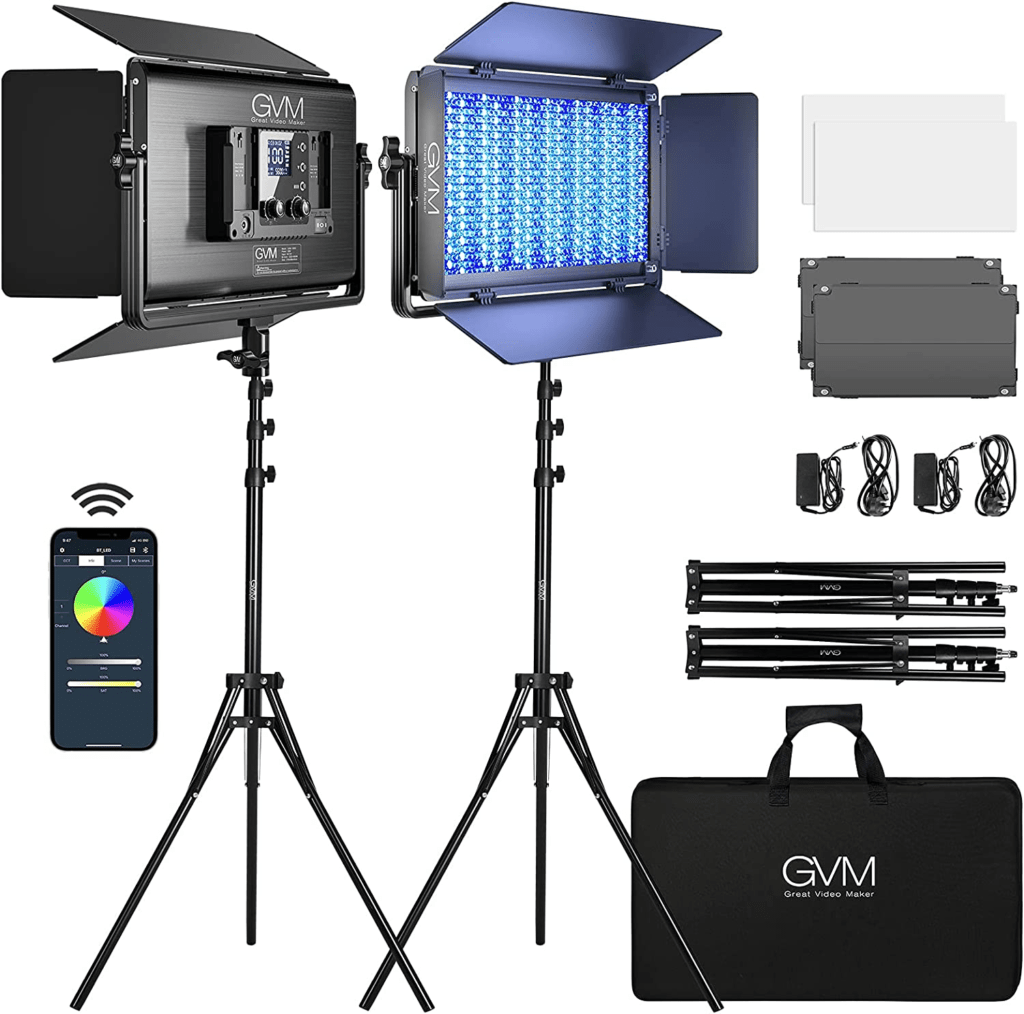
The GVM 1500D RGB LED Video Lighting Kit is a great option and one of the best all-around lighting kits available on the market today. It comes with high-quality LED lights that are capable of producing a wide range of colors, and its adjustable brightness feature ensures that you can easily achieve the desired lighting effect for your project.
This kit contains two LED lights, two light stands, and a convenient travel bag for easy transportation. Additionally, its wireless remote control allows you to adjust the lighting from a distance. Whether you are a professional content creator, videographer, or photographer, the GVM 1500D RGB LED Video Lighting Kit is an excellent choice for all your lighting needs.
Runner Up: Neewer 18.3” RGB LED Video Light Panel Kit
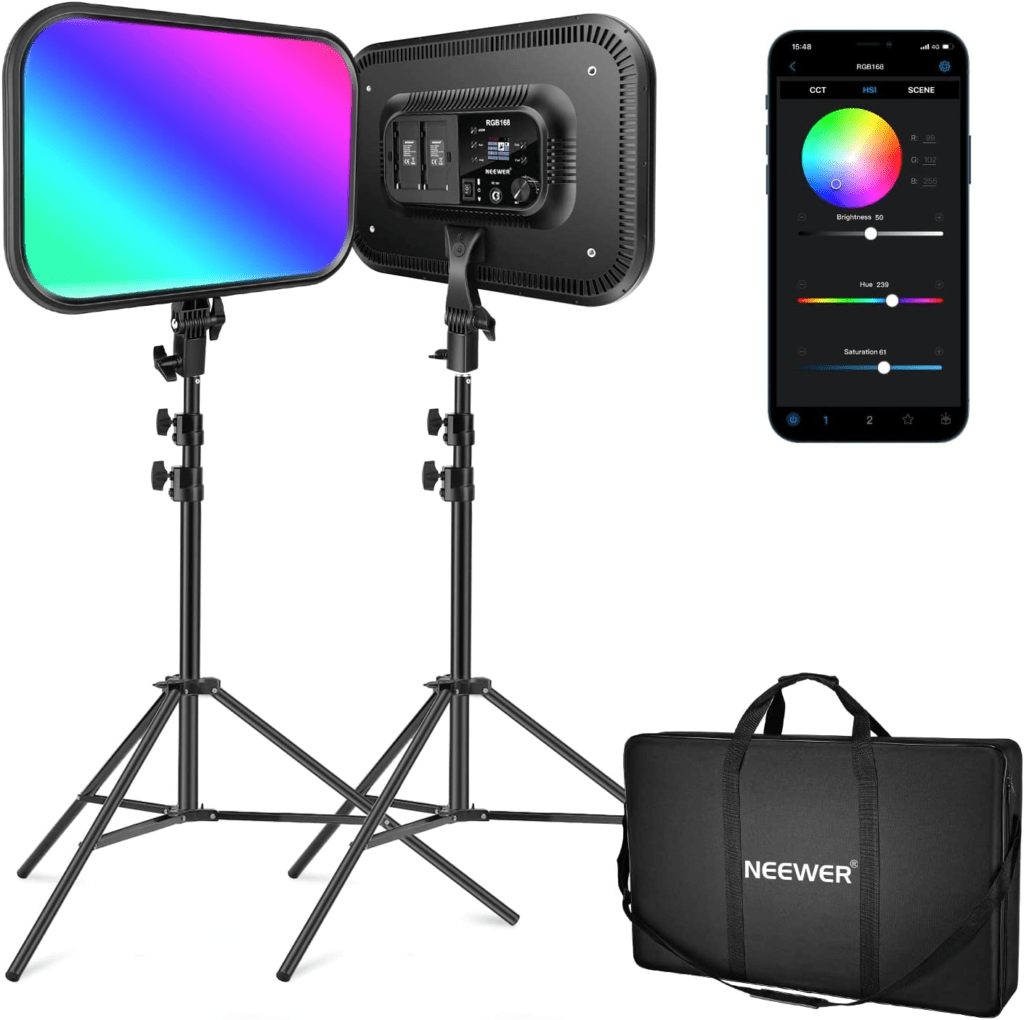
The Runner Up Neewer 18.3″ RGB LED Video Light Panel Kit is also a great option and is a versatile and efficient lighting system for various creative applications. With its 360° full-color spectrum and 60W dimmable capacity, each LED light in this kit can provide ample lighting for game streaming, YouTube videos, Zoom meetings, and photography.
Its CRI 97+ rating ensures accurate color rendering and great lighting, while the 17 scene effects add drama and depth to your visual productions. The app control feature allows for easy customization of the lighting settings, making it easier to achieve the desired look and feel for your project.
Overall, the Neewer LED Video Light Panel kit is a reliable and valuable tool for content creators and visual storytellers who want to increase the quality of their content for their listeners.
Best Individual Lighting Option: Elgato Key Light

The Elgato Key LED Light is a professional and app-enabled lighting option that is ideal for those looking for optimal lighting during video production or live streaming. One of the best things is the light stand which allows you to easily connect these to a desk, saving even more floor space than a typical led light.
The Elgagato key light also produces a brightness of up to 2,500 lumens, meaning more than optimal lighting options for most users. The light is equipped with Wi-Fi and Bluetooth connectivity for easy control from a smartphone or computer and has a sleek and modern look, making it an ideal addition to any workspace or studio.
Overall, the Elgato Key Light is a great investment for individuals looking to take their video production to the next level with the best individual lighting option.
Best Budget Kit: GVM RGB LED Video Light Kit
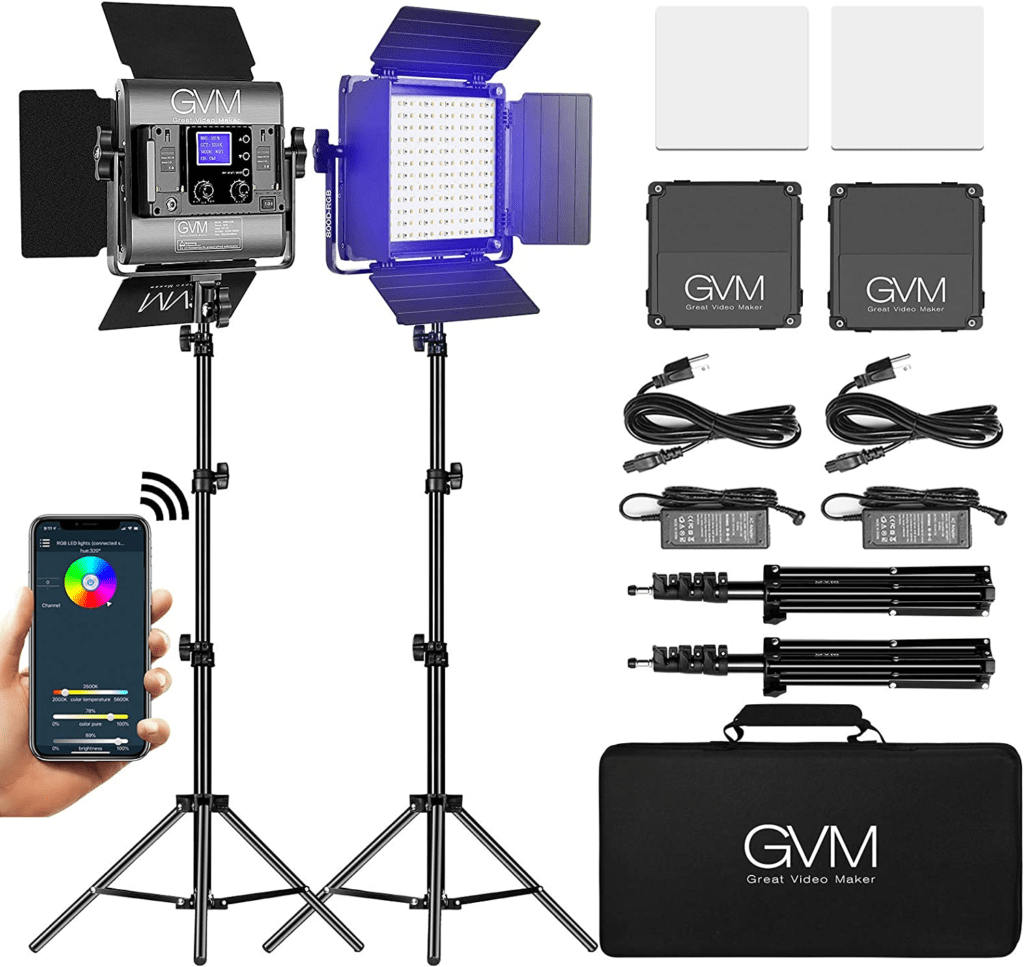
The GVM RGB LED Video Light is a cost-effective lighting solution that offers excellent value for money. This lighting kit is perfect for YouTube studios, gaming, streaming, and conferences, as it provides bright and accurate lighting that makes your content look professional.
With the APP control feature, you can easily adjust the color temperature, brightness, and hue of the lights, making it convenient to use. The kit also includes two packs of LED panel lights, which can be adjusted to 8 different scene lights, providing versatility and flexibility for various shooting scenarios. The high CRI of 97 ensures that colors are reproduced accurately, giving you a natural and vibrant output.
Overall, the GVM RGB LED Video Light is an excellent budget-friendly option for content creators looking to enhance their video quality.
Budget Runner-Up Options: Neewer 13″ Led Video Light Panel Lighting Kit
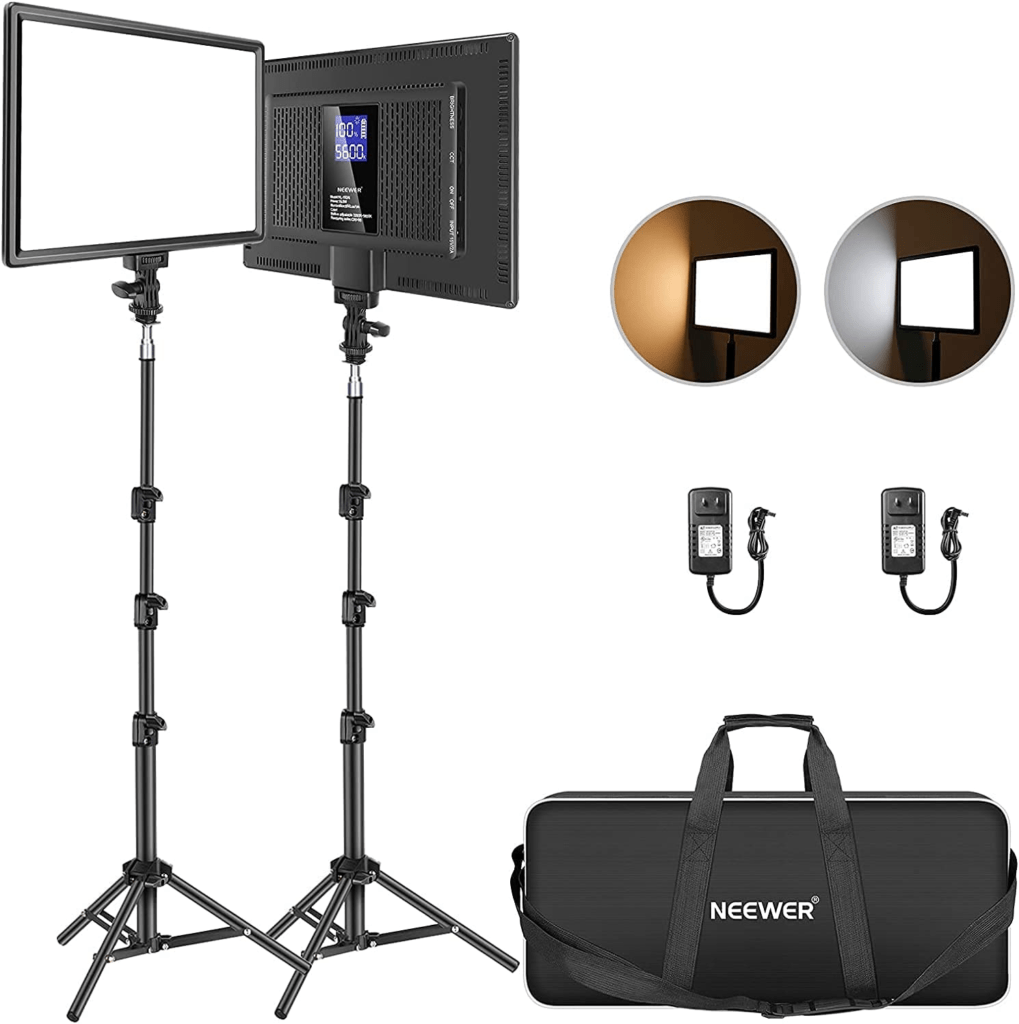
The Neewer 13″ Led Video Light Panel Lighting Kit is an excellent budget runner-up option for those in need of professional lighting equipment. With two dimmable bi-color soft lights and a built-in 8000mAh battery, this kit provides 2400Lux of illumination at a range of 3200K~5600K CRI 95+.
It is ideal for a variety of applications, including game streaming, live streaming, YouTube videos, and photography. The included light stands provide stability and versatility in positioning, making it easy to adjust the lighting as needed.
Overall, the Neewer 13″ Led Video Light Panel Lighting Kit is a great value option for those seeking high-quality lighting equipment without breaking the bank.
Ultra Budget Choice for Photography Video Lighting Kit
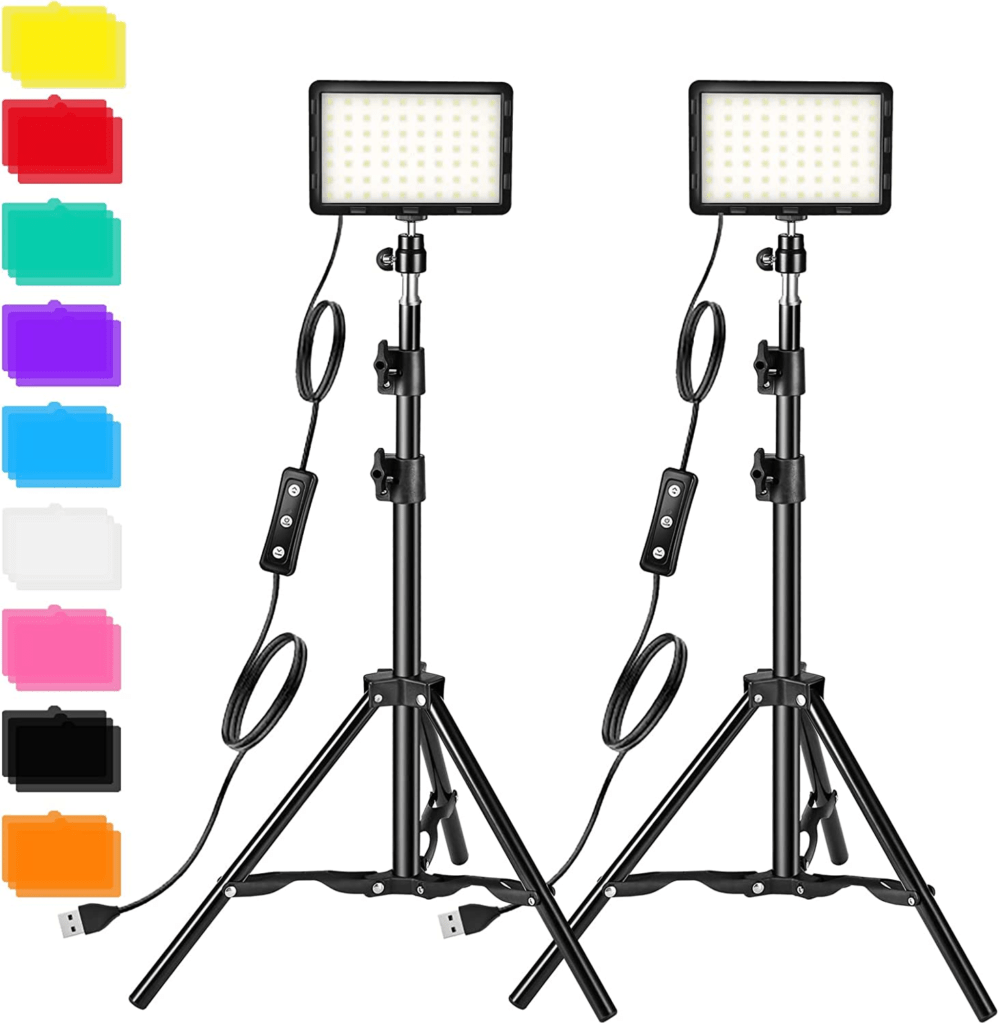
The Ultra Budget Choice Photography Video Lighting Kit is an advanced lighting solution for camera photo desktop video recording, filming, computer conference, game stream, YouTube, TikTok, and portrait shooting.
With 70 high-quality LED beads and color filters, this kit offers enhanced lighting effects that can add depth and texture to your images and videos. The lighting kit is easy to install and use, making it an ideal choice for both amateur and professional photographers and videographers.
Additionally, it is available at an affordable price, making it an excellent value for those who want to improve their lighting without breaking the bank. Overall, this kit is a must-have for anyone looking to take their photography and videography to the next level.
Cheapest Option: Clip-On Ring Light
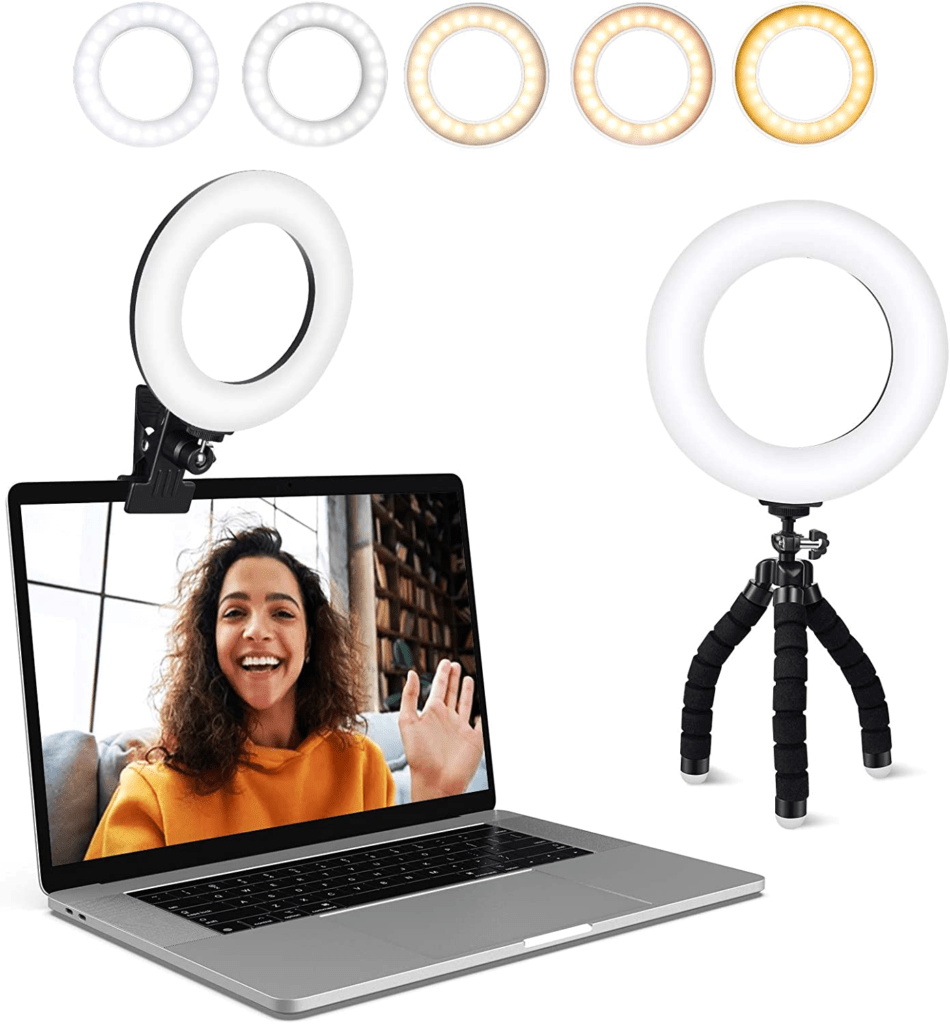
The Cheapest Option Available: Video Conference Lighting Kit, Ring Light Clip on Laptop Monitor with 5 Dimmable Color & 5 Brightness Level for Webcam Lighting/Zoom Lighting/Remote Working/Self Broadcasting and Live Streaming, etc. is a versatile and affordable solution for individuals looking to improve their lighting for video conferences, remote work, and online broadcasts.
This kit includes a ring light that clips onto your laptop monitor and offers five dimmable color options and five brightness levels, allowing you to customize your lighting to suit your needs. Whether you are conducting a Zoom call, working remotely or creating content for a live stream, this kit can help enhance your on-camera appearance and create a more professional look.
With its affordable price and easy-to-use design, this video conference lighting kit is an excellent option for anyone looking to enhance their video conferencing setup.
Free Option – Natural Light
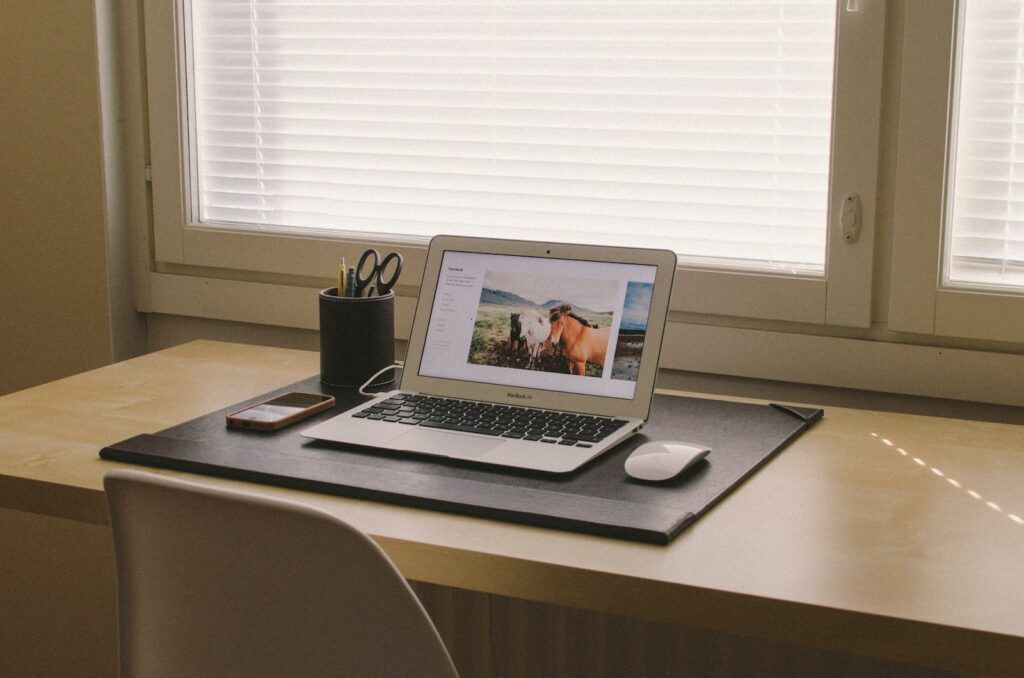
We understand that not everyone has a budget and while we think that lighting is a really important part of a podcast, sometimes having actual lights is just not an option.
This is where natural light comes in. Sitting near a window is generally going to be a better option than sitting in a dark corner of your room as the natural light will at least provide enough light for the camera to pick up some details.
However, we recommend against getting direct sunlight as it can be really harsh on your skin and make imperfections stand out.
Troubleshooting Common Podcast Lighting Problems
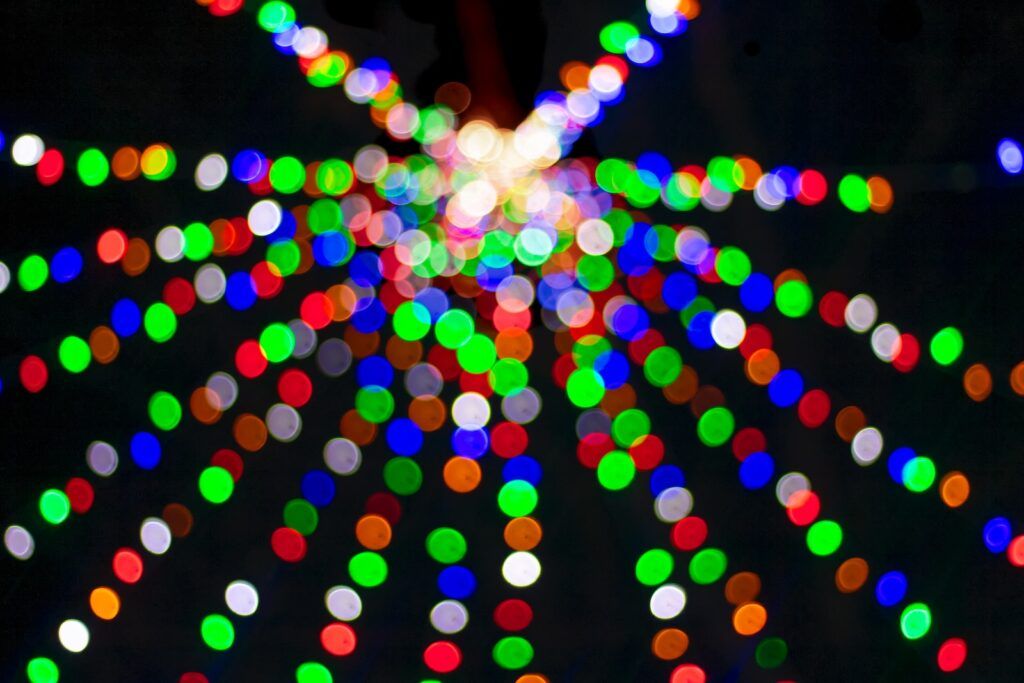
Podcasters often struggle with achieving optimal lighting for their videos. Common issues that podcasters face with their lighting setups include glare, shadows, and color temperature issues. Glare is caused by bright light sources reflecting off shiny surfaces, creating distracting reflections that can be detrimental to the quality of the video.
Shadows can also be a problem, as they can make the speaker appear harsh and unapproachable. Color temperature issues can also be a challenge, as different light sources can produce different hues that can affect the overall look of the video.
To overcome these challenges, podcasters should invest in quality lighting equipment and experiment with different lighting setups to find the right balance of brightness, angle, and color temperature.
To ensure high-quality images and videos, it’s crucial to address lighting issues. Fortunately, there are several solutions to common lighting problems. One option is to adjust the position of lights to achieve the desired effect. For instance, moving a light source closer to the subject can provide more illumination and reduce shadows.
Another solution is to use light diffusers to soften harsh light and reduce glare. Lastly, adjusting the color temperature in post-production can help correct any color imbalances caused by lighting. Utilizing these solutions can help improve the overall quality of your visual content and enhance the message you intend to communicate.
Conclusion
In conclusion, it is crucial to understand the key role of great lighting for each episode if you care about listeners and its impact on the overall quality of your podcast. Good lighting can make a significant difference in the visual appeal of a podcast and increase viewership. It can also set the tone and mood for the podcast, making it more engaging and professional.
Like a good podcast microphone and quality headphones, good lighting can also play a key role in the success of your social media videos. Therefore, podcasters must prioritize lighting when recording their podcasts to enhance their quality and ultimately drive more audience engagement.
What to Consider Next
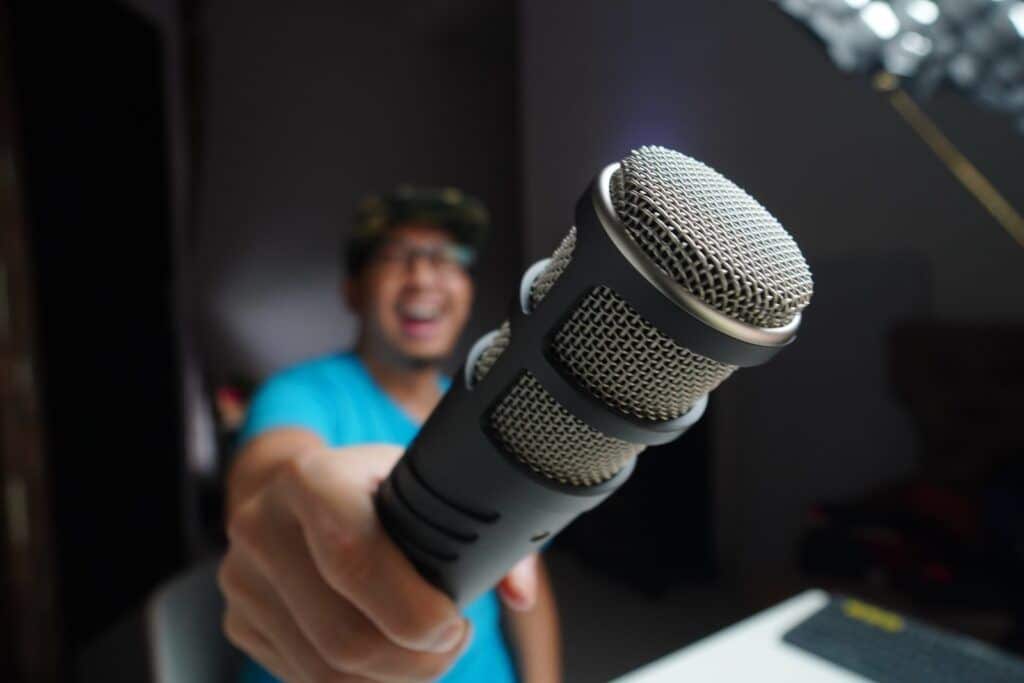
As an expert in the field of podcasting, I highly encourage all readers to take advantage of the resources available to them. Whether you are a seasoned professional or just starting out, there is always something new to learn.
I urge you to take a few moments to check out our guides for the best headphones for podcasters as well as our article detailing why podcasters use headphones. We also have other recommendations such as which podcast microphone you should use backed by years of experience and research. By implementing these tips, your podcasts will have a more polished, professional look and feel, which will ultimately help you to build a larger audience.

